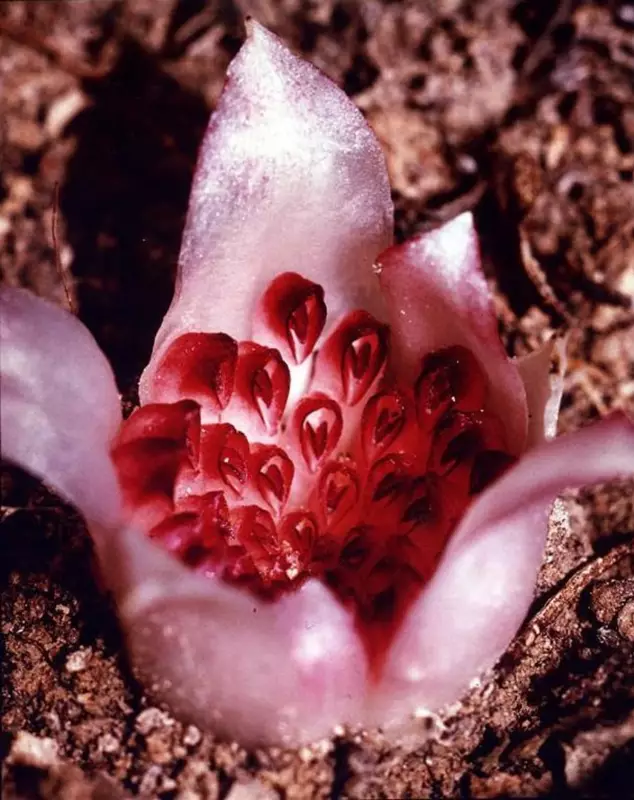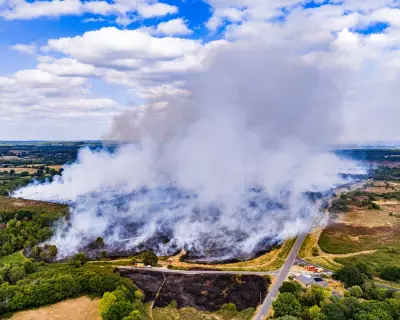
Deep beneath the Australian soil, a botanical marvel defies everything we know about flowering plants. Meet Rhizanthella, the extraordinary orchid that lives its entire life underground – including its breathtaking flowering process.
The Subterranean Secret of Western Australia
Unlike any other orchid species, Rhizanthella has evolved to flower completely beneath the earth's surface. This remarkable adaptation makes it one of the most unusual plants in the botanical world. Found primarily in Western Australia, this underground wonder challenges our fundamental understanding of how plants survive and reproduce.
How Does an Underground Flower Survive?
The Rhizanthella orchid has developed incredible survival strategies that set it apart from its above-ground relatives:
- Complete subterranean existence – from germination to flowering
- Unique pollination system involving termites and fungal networks
- Chlorophyll-free lifestyle – no sunlight required for survival
- Mycoheterotrophic nutrition – feeding through fungal connections with other plants
A Fragile Existence
Despite its incredible adaptations, Rhizanthella faces significant threats. Habitat destruction and climate change pose serious risks to these delicate underground ecosystems. Conservation efforts are now underway to protect these botanical rarities before they disappear forever.
Why This Discovery Matters
Rhizanthella represents more than just a curious plant – it's a window into evolutionary possibilities. Understanding how this orchid thrives without sunlight could revolutionise our approach to plant biology and conservation. Each new discovery about its unique lifestyle reveals nature's incredible capacity for innovation.
As scientists continue to unravel the mysteries of this underground marvel, Rhizanthella stands as a powerful reminder of the hidden wonders still waiting to be discovered beneath our feet.





